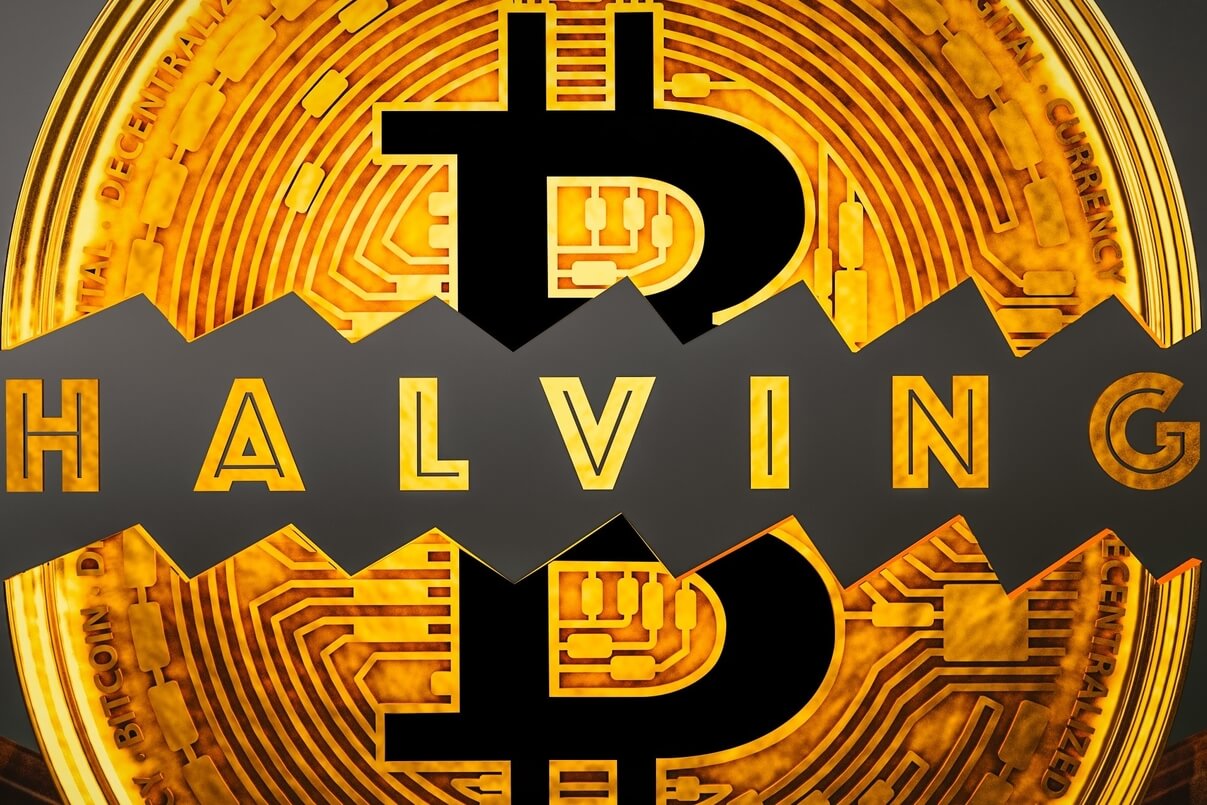# Bitcoin halving
Bitcoin halving, sometimes also referred to as Bitcoin halvening or Bitcoin quantitative hardening, is a bitcoin block reward halving event that denotes a 50% reduction in bitcoin issuance aka mining rate. As a part of Bitcoin’s security mechanism, Bitcoin miners are rewarded with new bitcoin whenever a new block is produced approximately every 10 minutes. When Bitcoin was launched in 2009, 50 bitcoins per block were minted for miners. Every 210,000 blocks or roughly every 4 years, the block reward halves and will continue to do so until the block reward finally becomes zero, which is estimated to happen by the year 2140. In 2013 halving, the block reward was reduced to 25 bitcoin per block. In 2017, it reached 12.5 coins per block and 6.25 per block in 2021. Next estimated halving events are estimated to happen in 2025 and 2029 when the block reward will drop to 3.125 BTC and 1.5625 BTC, respectively. Halving events play a significant role in a well-known Bitcoin Stock-to-Flow valuation model by PlanB.
















